Home gardening enthusiasts have discovered the incredible world of legumes, a captivating class of plants that includes an array of beans, peas, lentils, soybeans, and peanuts.
These versatile gems are delightful additions to any home garden and are significant for soil health, biodiversity, and food security.
9 Fun Facts
- What makes legumes remarkable is their ability to fix atmospheric nitrogen, thanks to a symbiotic relationship with beneficial bacteria known as Rhizobium.
These bacteria reside in the roots of legumes and convert atmospheric nitrogen into a usable form, providing a natural fertilizer.
The positive impact of nitrogen fixation extends beyond legumes, enhancing soil fertility and benefiting other plants.
- Home gardeners can enjoy growing legumes in a variety of USDA planting zones, ranging from cool-weather legumes like peas, lentils, and fava beans, which tolerate frost and thrive in early spring or fall, to warm-weather legumes like green beans, soybeans, and peanuts, which flourish in hot summer conditions.
Gardeners can ensure optimal growth and harvest by understanding the seasonal preferences of different legumes.
- Legumes are also vital in sustainable gardening practices, such as cover cropping and crop rotation.
Certain legumes, like clover and vetch, are excellent for cover crops, as they help prevent soil erosion, suppress weeds, and improve soil quality.
Additionally, incorporating legumes into crop rotation plans enriches the soil's fertility, creating a nurturing environment for subsequent crops.
- Companion planting enthusiasts can also benefit from including legumes in their garden layouts.
For instance, the "Three Sisters" method, inspired by Native American traditions, involves interplanting corn, beans, and squash.
The corn provides a natural trellis for the beans to climb, while the beans, with their nitrogen-fixing prowess, support the growth of both corn and squash.
This mutually beneficial arrangement maximizes garden space and promotes healthy plant development.
- Furthermore, legumes contribute to biodiversity by providing habitats and food sources for various insects and wildlife.
The flowering legumes attract essential pollinators, vital for reproducing many other plants in the garden.
Additionally, certain legumes possess natural pest-deterrent properties, helping to control harmful pests like aphids and nematodes and reducing the need for chemical pesticides.
- From a culinary standpoint, legumes are a treasure trove of nutrition, serving as an important source of protein and dietary fiber worldwide.
- Legumes can be dried and stored for extended periods, ensuring a reliable food source throughout the year.
Legumes have been staple foods in human diets for centuries and continue to play a crucial role in nourishing communities around the globe.
- Economically, legumes have a significant impact as well.
Crops like soybeans and peanuts support thriving agricultural industries, providing income for farmers and workers who cultivate and harvest these valuable commodities.
- Finally, when incorporated into crop rotations or cover cropping systems, legumes can help increase organic matter content in the soil, potentially aiding in carbon sequestration.
Legumes are an extraordinary gift to home gardeners, delivering many benefits beyond their modest appearance.
Whether it's the lush growth of peanuts in a southern garden (zone 8) or the resilient sprouts of lentils in a cooler northern climate (zone 3), legumes captivate our senses while nourishing the earth and its inhabitants.
21 Glorious Legume Varieties
1. Green Beans (Phaseolus vulgaris)
USDA Hardiness Zones: 3-10
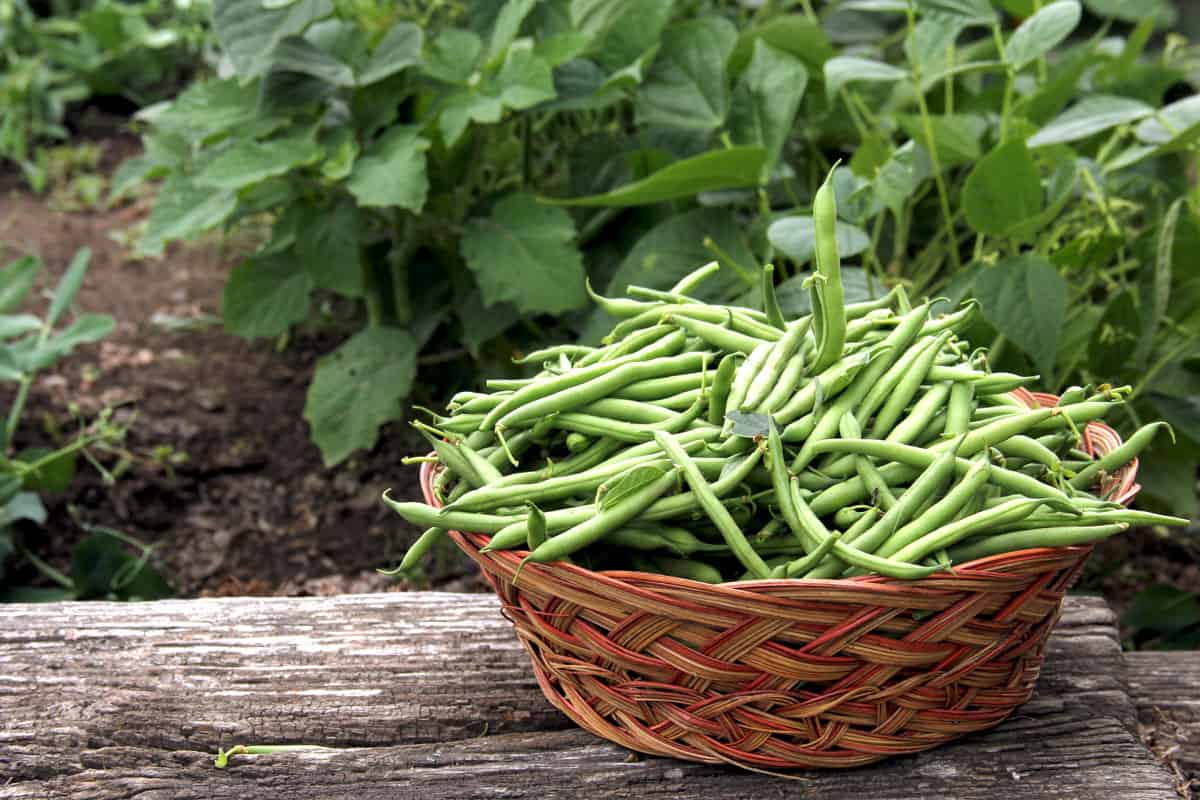
Classic garden favorites, green beans produce tender, elongated pods that are harvested before the seeds fully develop. They thrive in warm weather and prefer well-drained soil with full sun exposure.
2. Peas (Pisum sativum)
USDA Hardiness Zones: 3-9

Peas are cool-season legumes available in shelling and edible-podded varieties. Shelling peas are grown for plump seeds, while edible-podded peas have tender, edible pods.
They prefer cooler temperatures and can be planted early in spring or late in summer for a fall harvest.
3. Lentils (Lens culinaris)
USDA Hardiness Zones: 7-10
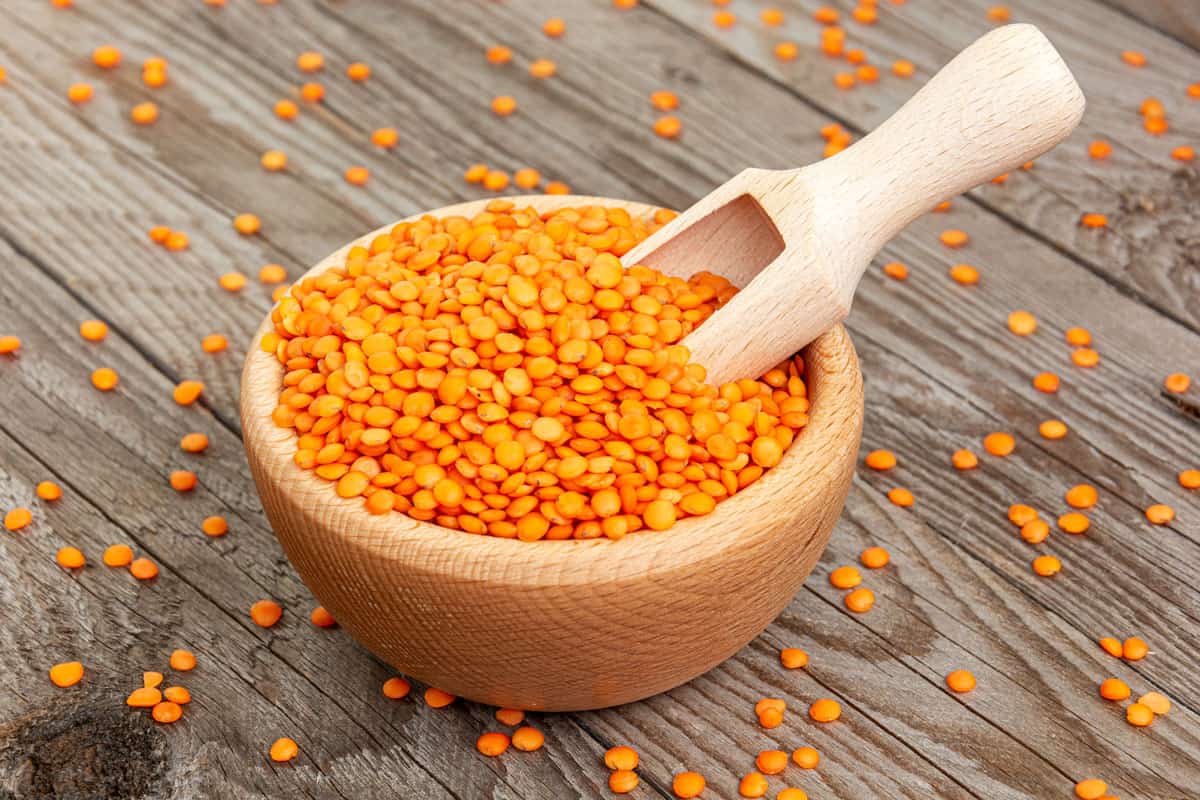
Lentils are small, lens-shaped legumes available in various colors. They are cool-season crops that prefer well-drained soil and full sun.
Lentils are known for their high protein content and are used in soups, stews, and salads.
4. Chickpeas (Cicer arietinum)
USDA Hardiness Zones: 8-10
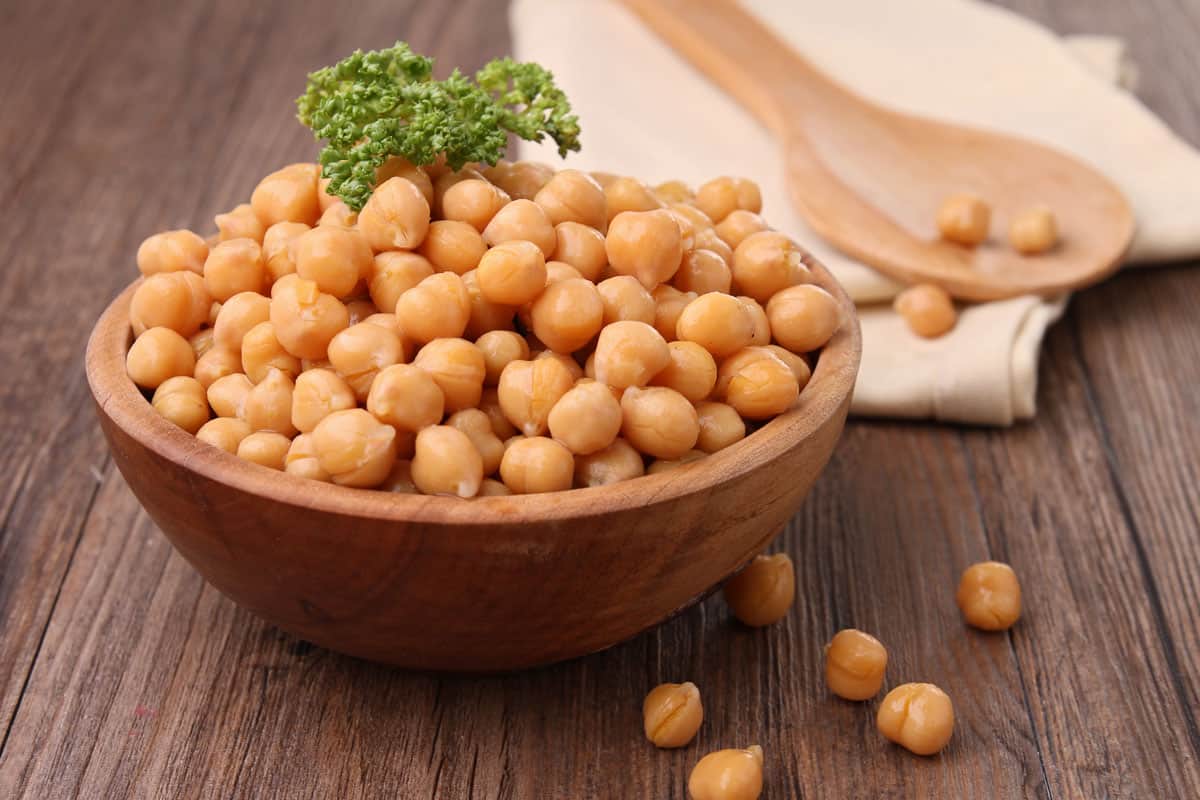
Chickpeas, or garbanzo beans, are versatile legumes with a nutty flavor. They are warm-season crops that thrive in well-drained soil and full sun.
Chickpeas are used in various dishes like hummus, salads, and curries.
5. Soybeans (Glycine max)
USDA Hardiness Zones: 3-10

Soybeans are warm-season legumes grown for their high protein content and oil production. They prefer well-drained soil and full sun. Soybeans are used in various forms, such as tofu, soy milk, and edamame.
6. Black-eyed Peas (Vigna unguiculata)
USDA Hardiness Zones: 7-10
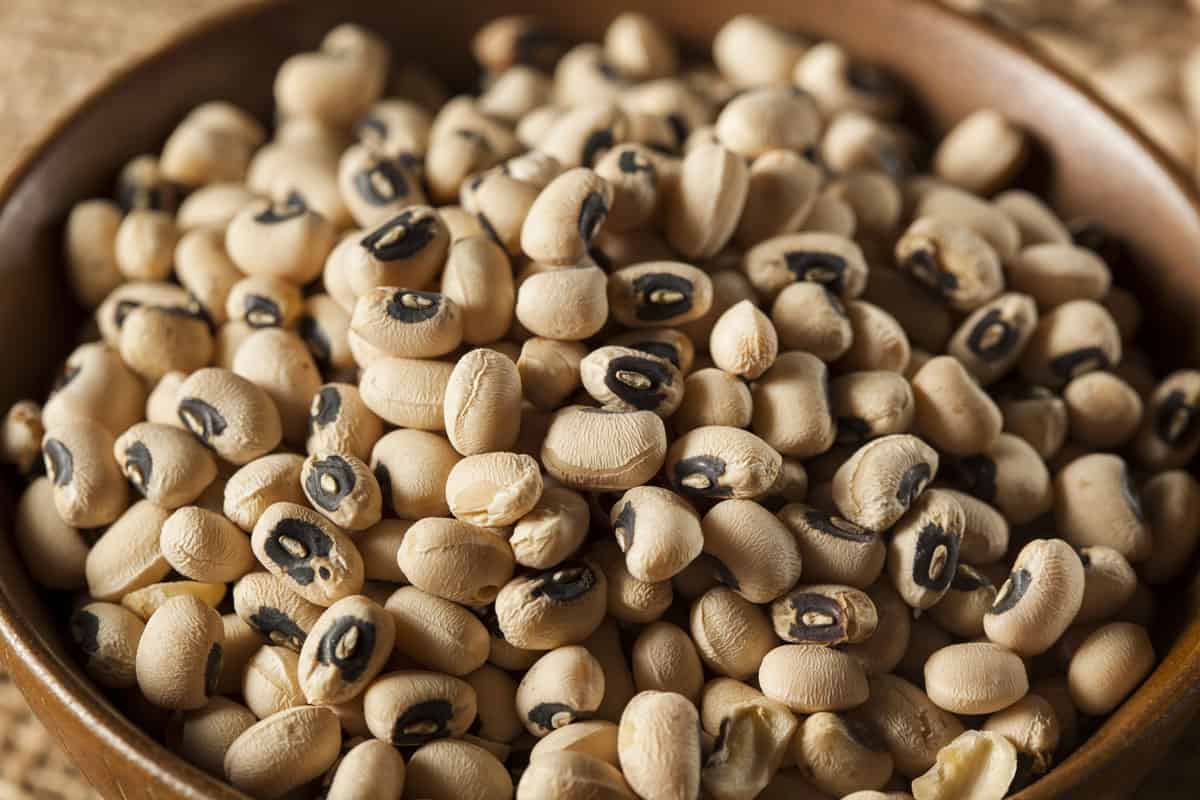
Black-eyed peas are warm-season legumes with cream-colored beans marked with a distinctive black spot. They are drought-tolerant and prefer full sun and well-drained soil.
Black-eyed peas are commonly used in southern cuisine.
7. Lima Beans (Phaseolus lunatus)
USDA Hardiness Zones: 8-11
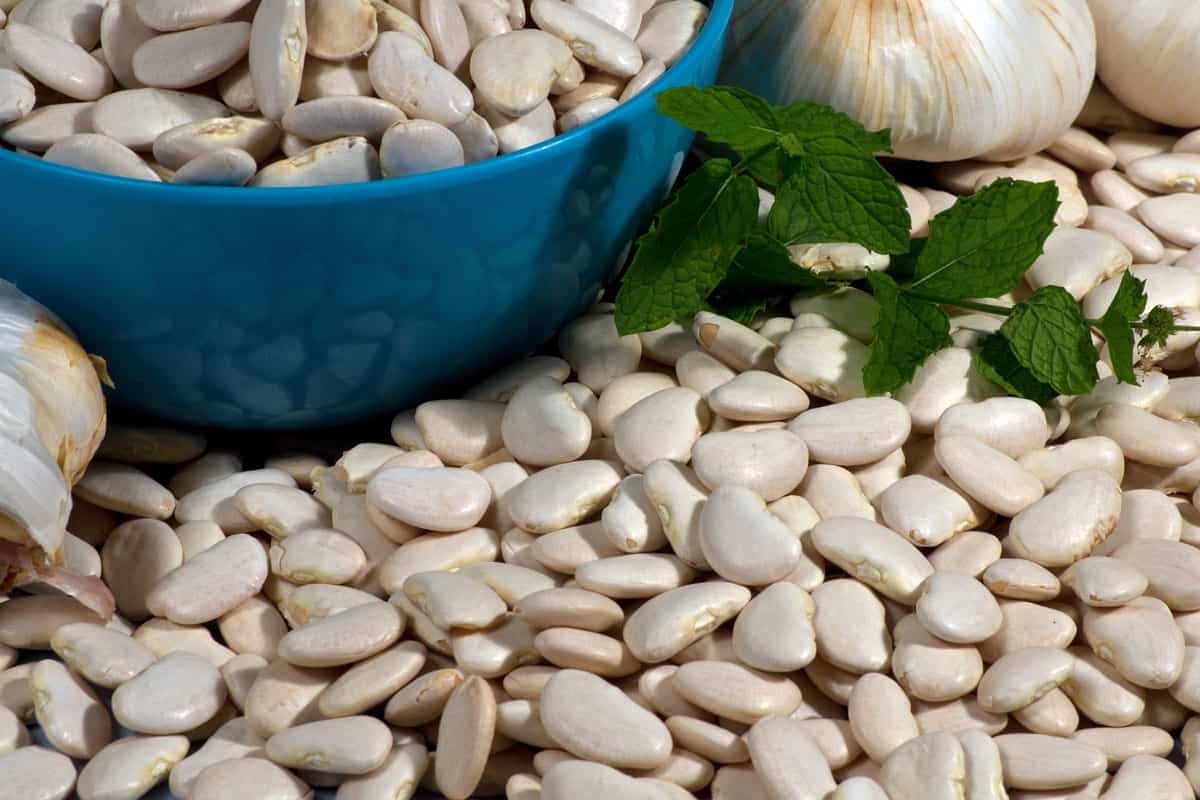
Lima beans, or butter beans, are warm-season legumes that produce large, flat seeds. They require well-drained soil and full sun.
Lima beans are delicious when cooked and used in soups, stews, and succotash.
8. Adzuki Beans (Vigna angularis)
USDA Hardiness Zones: 5-10
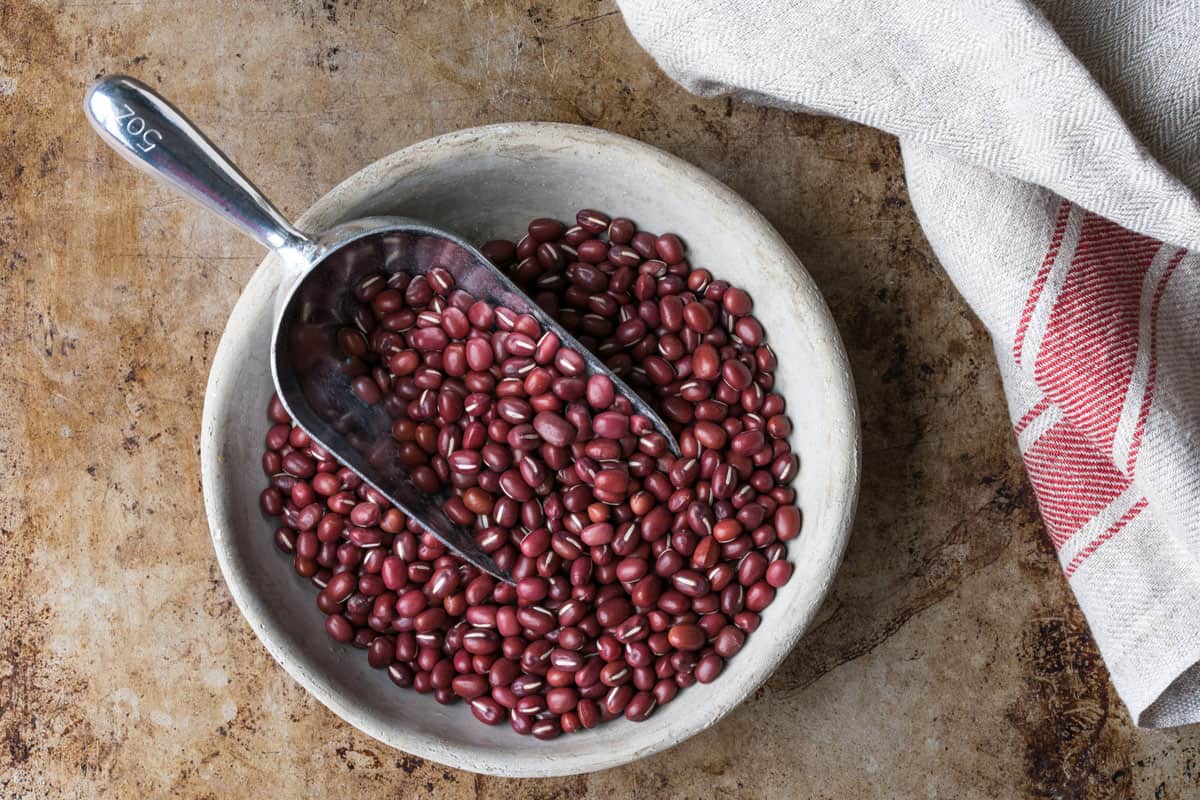
Adzuki beans are warm-season legumes native to East Asia. They have small, reddish-brown beans and a sweet flavor.
Adzuki beans require well-drained soil and full sun and are commonly used in Asian desserts and soups.
9. Mung Beans (Vigna radiata)
USDA Hardiness Zones: 4-11
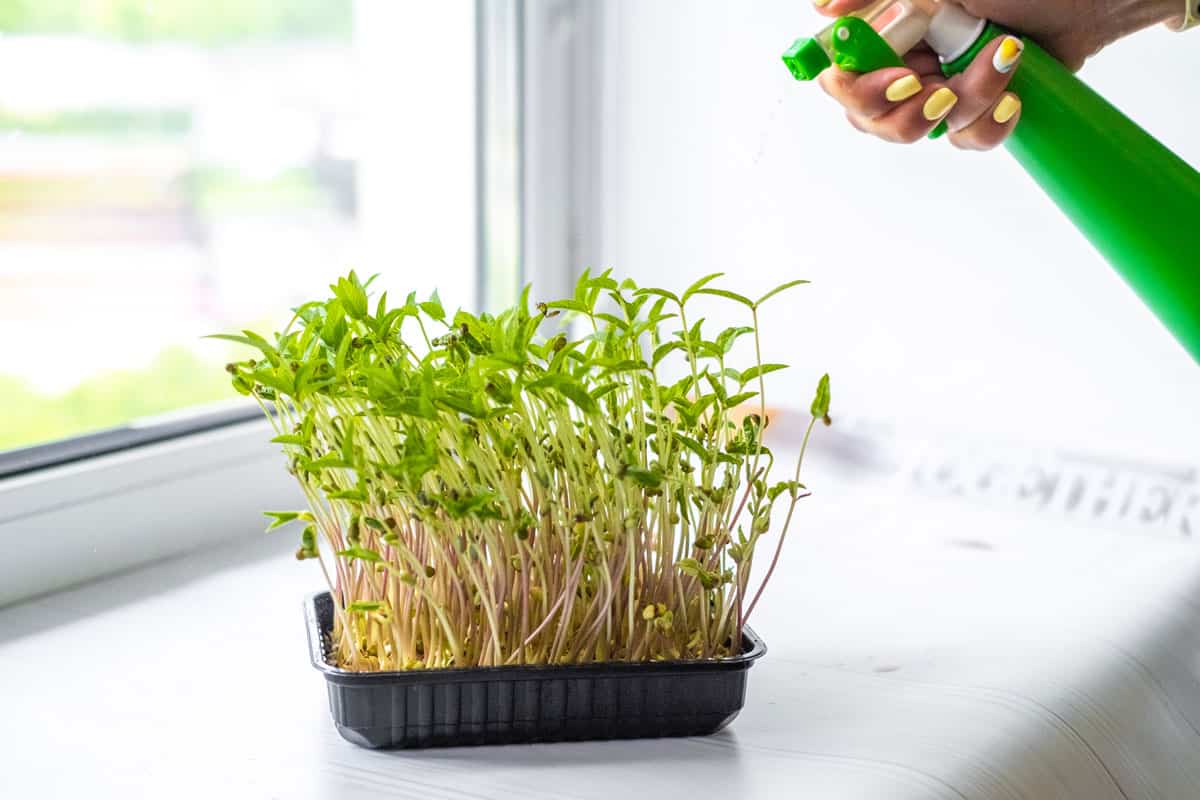
Description: Mung beans are warm-season legumes with small green beans. They are often sprouted and used in Asian cuisine, salads, stir-fries, and soups. Mung beans adapt to a wide range of USDA hardiness zones.
10. Pinto Beans (Phaseolus vulgaris)
USDA Hardiness Zones: 3-10

Pinto beans are warm-season legumes with mottled pinkish-brown beans. They prefer well-drained soil and full sun.
Pinto beans are commonly used in Mexican cuisine refried beans and chili.
11. Navy Beans (Phaseolus vulgaris)
USDA Hardiness Zones: 3-10

Navy beans are cool-season legumes with small, oval-shaped white beans. They are well-suited for cooler climates and prefer well-drained soil and full sun.
Navy beans are commonly used in baked beans, stews, and soups.
12. Kidney Beans (Phaseolus vulgaris)
USDA Hardiness Zones: 3-10
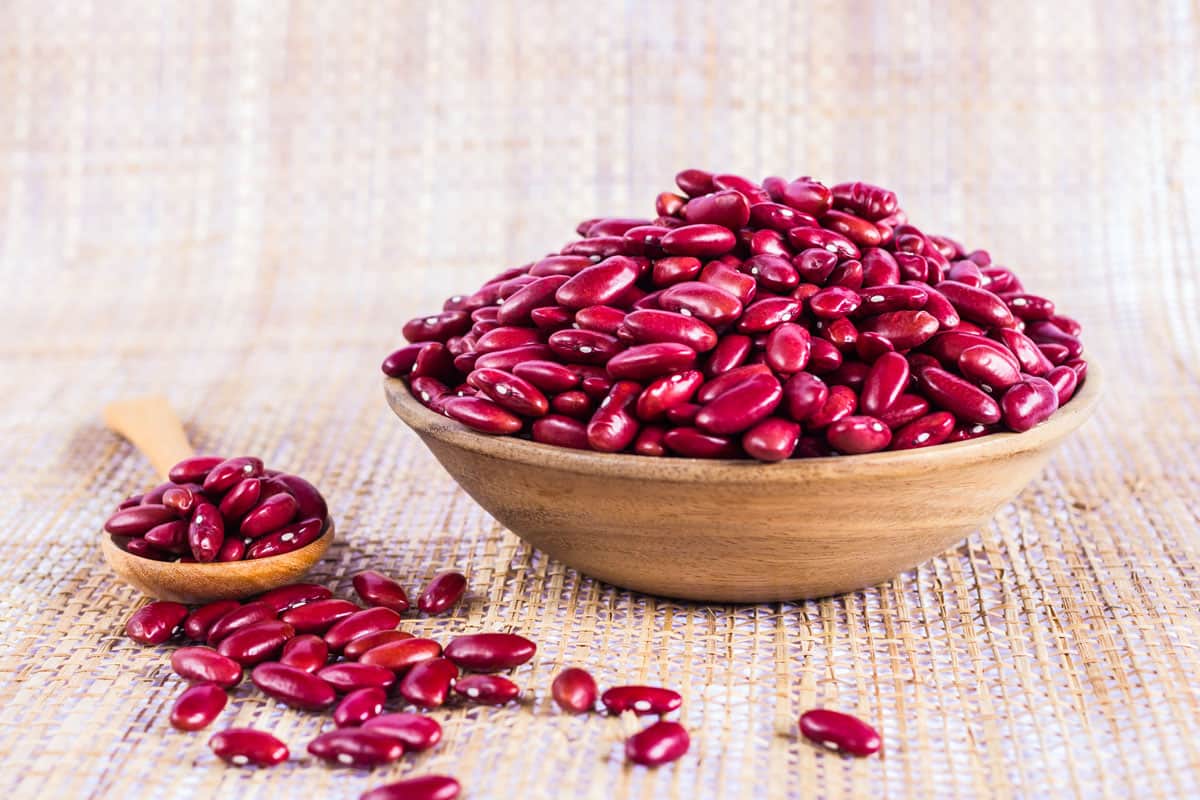
Kidney beans are warm-season legumes with large, kidney-shaped beans. They prefer well-drained soil and full sun.
Kidney beans are commonly used in chili, salads, and Mexican dishes.
13. Fava Beans (Vicia faba)
USDA Hardiness Zones: 4-10
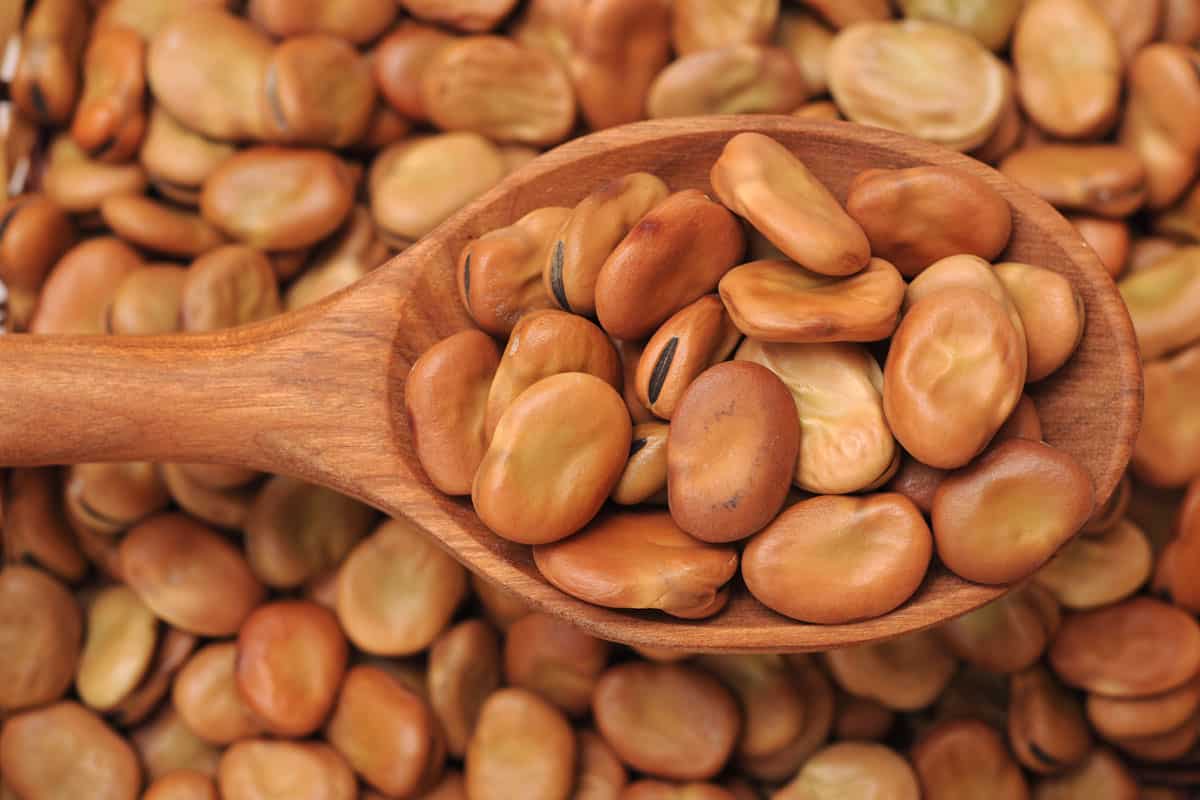
Fava beans, also known as broad beans, are cool-season legumes with large, flat pods containing tender beans. They prefer cool temperatures and thrive in well-drained soil and full sun.
Fava beans are commonly used in Mediterranean and Middle Eastern cuisine.
14. Edamame (Glycine max)
USDA Hardiness Zones: 3-10
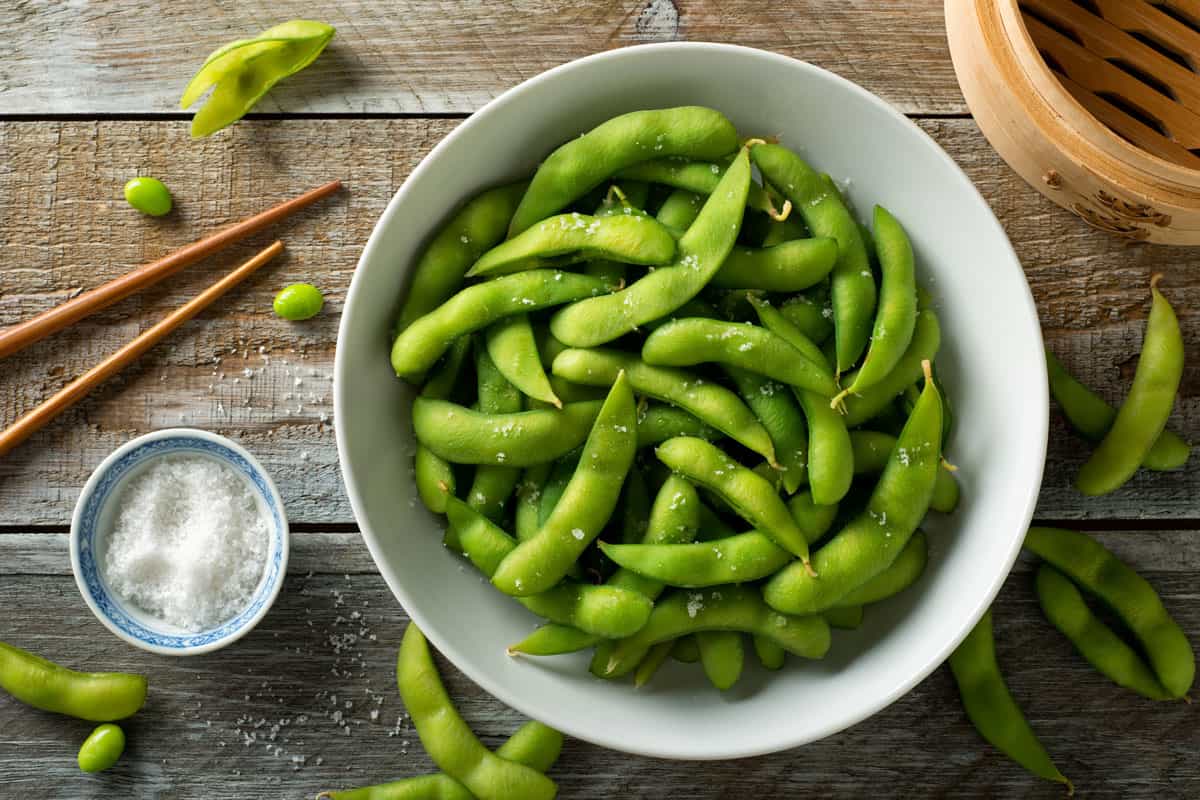
Edamame is young soybeans harvested while green and soft. They are warm-season legumes that require well-drained soil and full sun.
Edamame is a popular snack and ingredient in Asian cuisine.
15. Azuki Beans (Vigna angularis)
USDA Hardiness Zones: 5-10

Azuki beans, also known as red beans, are warm-season legumes with small, reddish-brown beans. They prefer well-drained soil and full sun.
Azuki beans are commonly used in Asian desserts, sweet bean paste, and soups.
16. Cowpeas (Vigna unguiculata)
USDA Hardiness Zones: 7-10

Cowpeas, also known as southern peas or black-eyed peas, are warm-season legumes with a wide range of colors and sizes. They thrive in hot, arid conditions and prefer well-drained soil and full sun.
Cowpeas are often used in southern cuisine, salads, and stews.
17. Winged Beans (Psophocarpus tetragonolobus)
USDA Hardiness Zones: 9-11
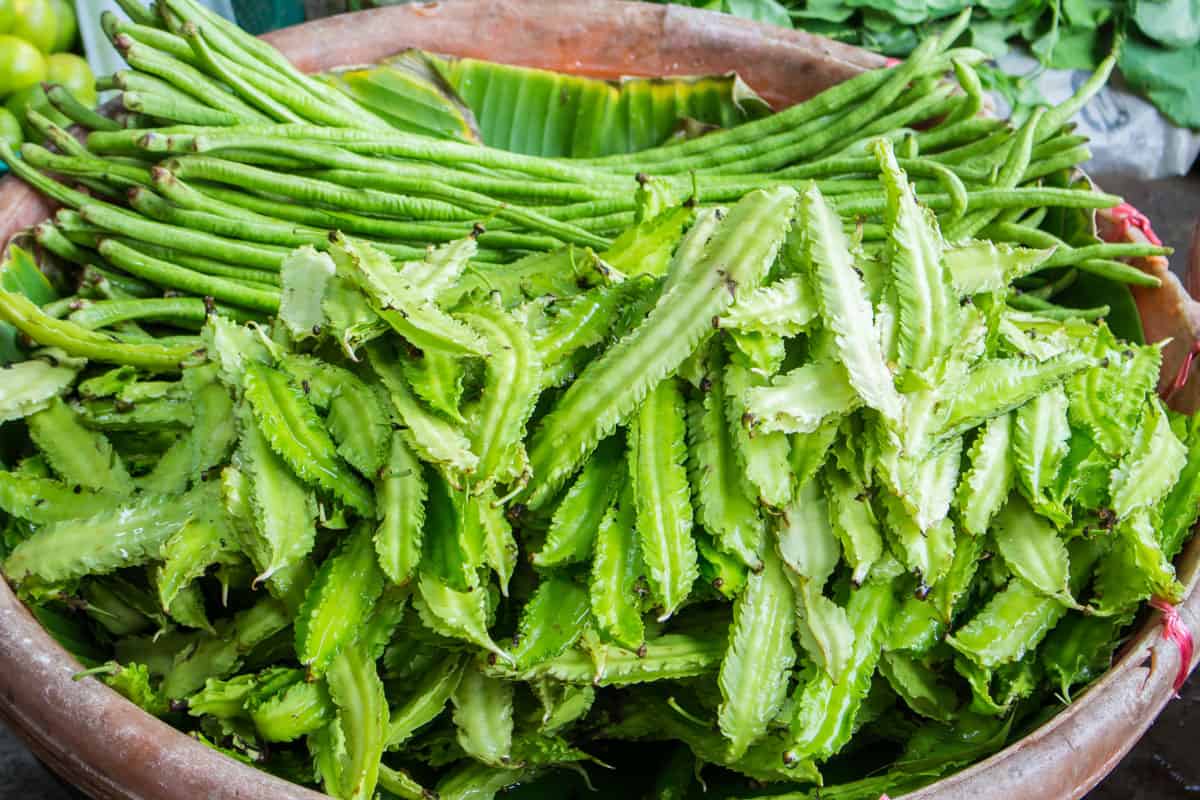
Winged beans are warm-season legumes with distinctive wing-like projections on the pods. They prefer tropical climates and require well-drained soil and full sun.
Winged beans are versatile and can be used in various dishes, including stir-fries, salads, and curries.
18. Hyacinth Beans (Lablab purpureus)
USDA Hardiness Zones: 9-11
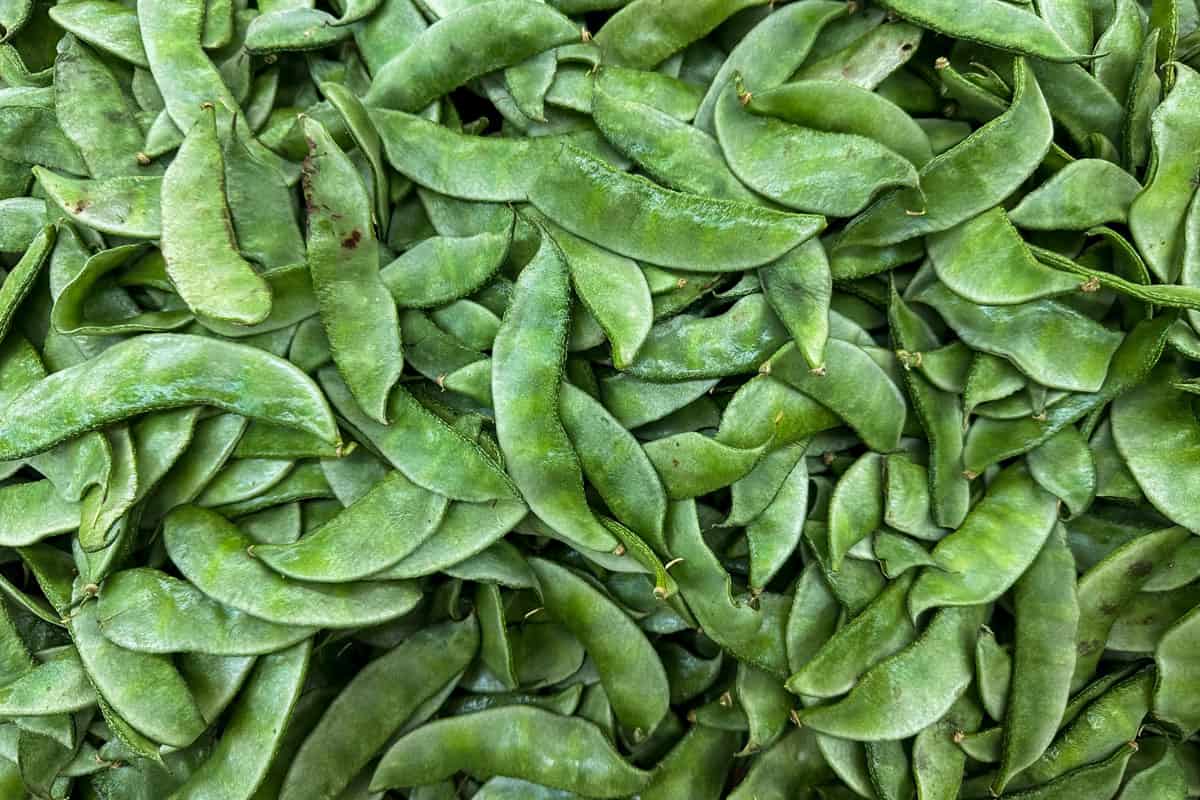
Hyacinth beans, also known as lablab beans, are warm-season legumes with vibrant purple flowers and glossy, colorful pods. They prefer tropical and subtropical climates and require well-drained soil and full sun.
Hyacinth beans are often used in stir-fries, curries, and stews.
19. Yardlong Beans (Vigna unguiculata subsp. sesquipedalis)
USDA Hardiness Zones: 9-11
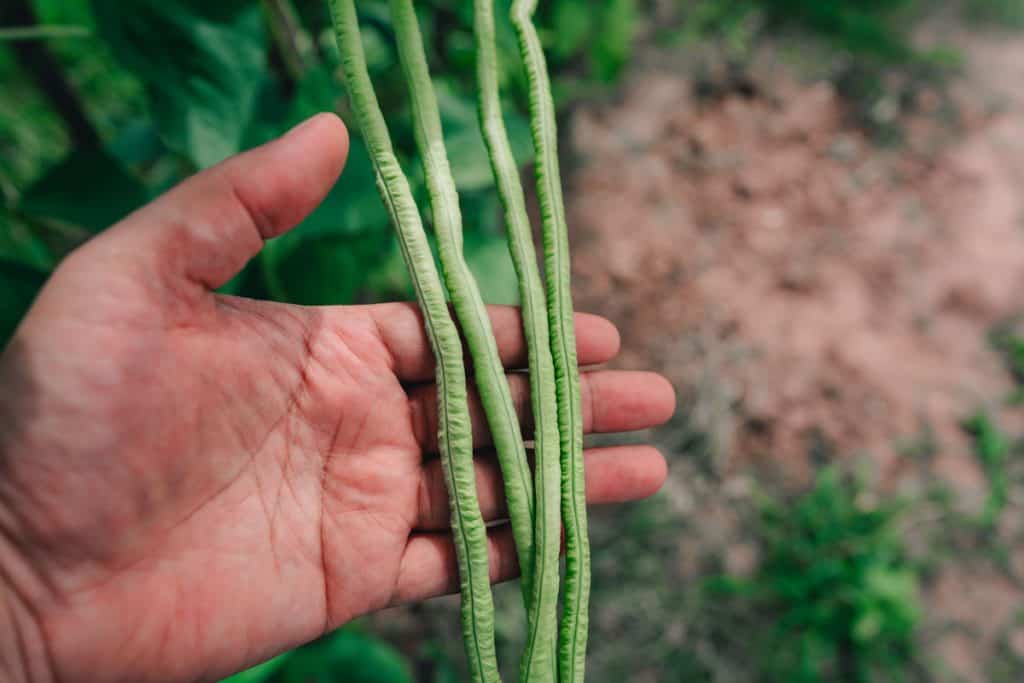
Yardlong beans, also called asparagus beans or snake beans, are warm-season legumes with long, slender pods reaching a yard in length. They prefer tropical and subtropical climates and require well-drained soil and full sun.
Yardlong beans are commonly used in Asian cuisine and stir-fries.
20. Pigeon Peas (Cajanus cajan)
USDA Hardiness Zones: 9-11
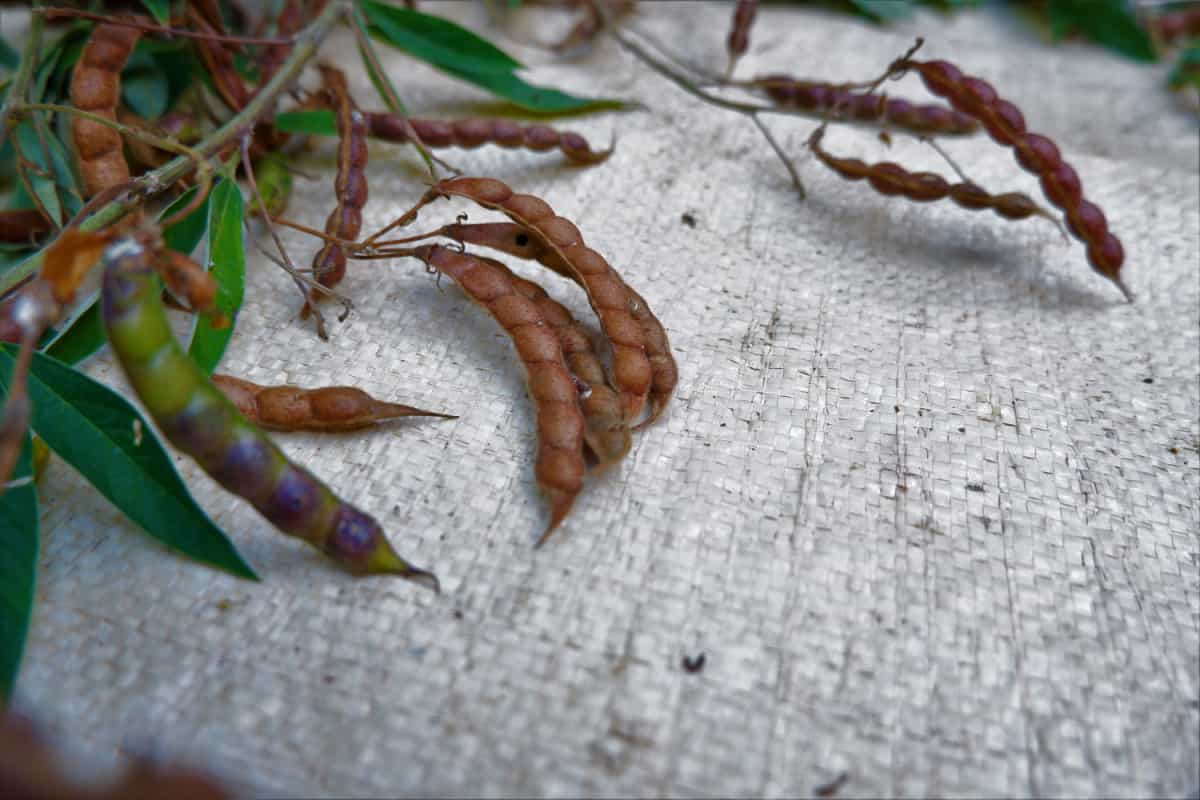
Pigeon peas are warm-season legumes with yellow or greenish-brown seeds. They prefer tropical and subtropical climates and require well-drained soil and full sun.
Pigeon peas are used in various dishes, including stews, soups, and curries.
21. Velvet Beans (Mucuna pruriens)
USDA Hardiness Zones: 9-11
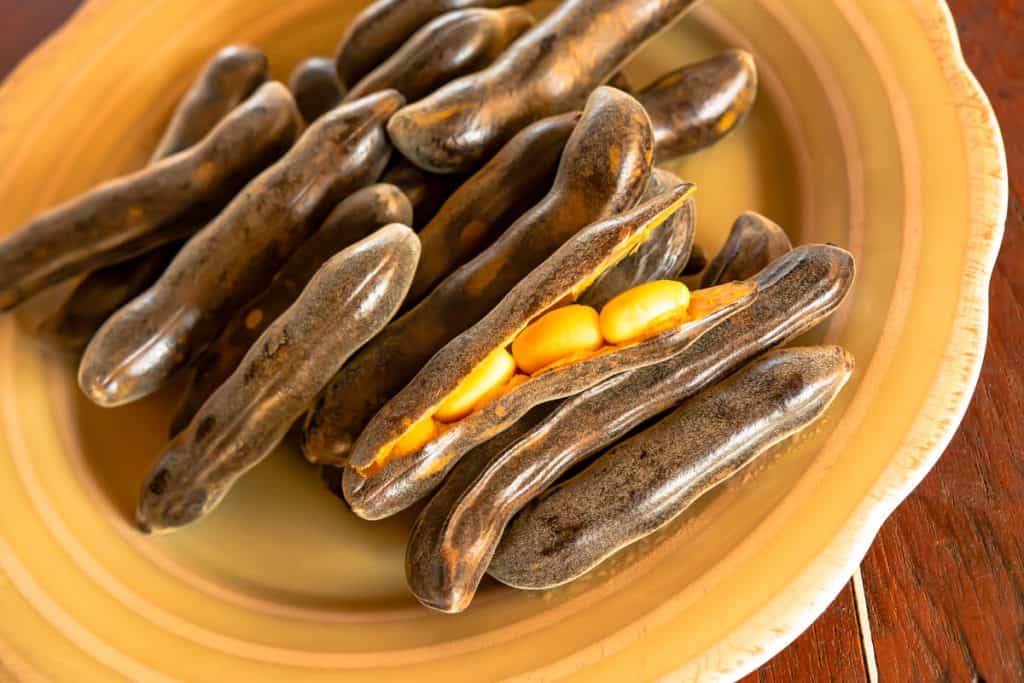
Velvet beans, also known as cowhage or buffalo beans, are tropical legumes with fuzzy pods and large, dark seeds.
They prefer warm and humid climates and require well-drained soil and full sun.
Velvet beans are primarily used as cover crops and for soil improvement due to their nitrogen-fixing properties.
Remember to check the specific planting guidelines and recommendations for each legume, as growing conditions may vary within the USDA hardiness zones mentioned.
Here are more articles to enjoy:
Corn, Beans, Squash: The Art of Three Sisters Gardening (Zones 3-10) [needs a link. This article is not yet live at the time of writing]
Can You Plant Cover Crops With Vegetables?
Is Clover Good For High Traffic Areas?
Champions of the Garden
Long live legumes, the humble yet mighty champions of our gardens, plates, and planet.
With their nutritious goodness, ecological benefits, and cultural significance, let’s appreciate and embrace the marvels of legumes as we cultivate a greener and more sustainable future.
So plant a seed, nurture its growth, and enjoy the legumes' vibrant abundance. Bon appétit!
